Long ago, letters were folded in complicated ways to prevent others from reading them. Now, a group of scientists at MIT have managed to read one of these letters without even opening it.
These days, there are many ways of sending secret messages. But long ago it was difficult. Jana Dambrogio, who led MIT’s work, points out that, “The envelope as we know it…wasn’t invented until the 1830s.”
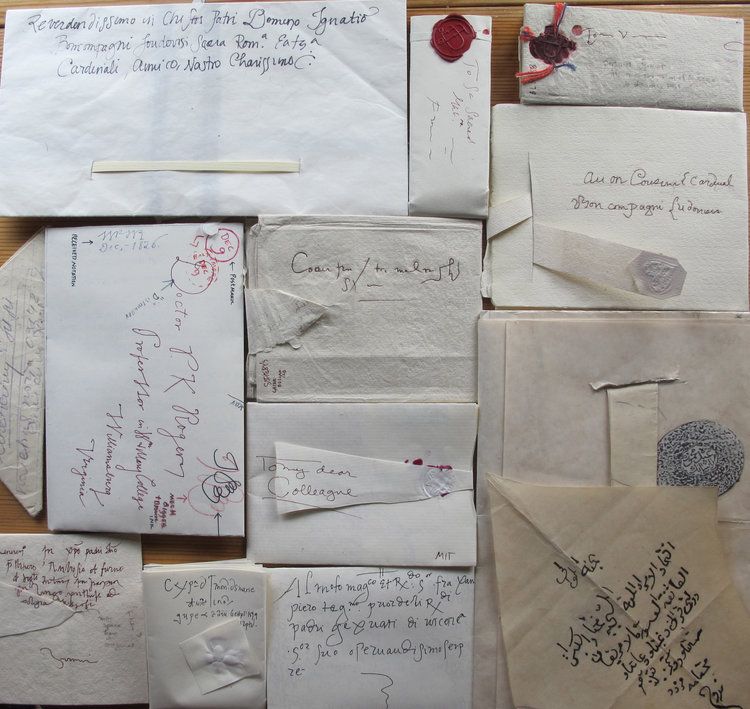
(Source: [CC BY-NC 4.0] Letterlocking.org.)
So to prevent others from reading their secrets, for hundreds of years, people used a trick called “letter locking”. This meant cutting and folding the letter in complicated patterns so that the paper formed its own envelope and couldn’t be opened without revealing that it had been opened.
Many different ways of locking letters were developed over time. Usually several small slits were left in the letter, so that when the paper was folded, a loose piece of the letter could be threaded through the slits to “lock” it.
Finally, the letter was sealed with melted wax. The result was a secret, private letter. The person who got the letter could easily tell if anyone had opened it along the way. That was useful back then, but now it’s causing problems.
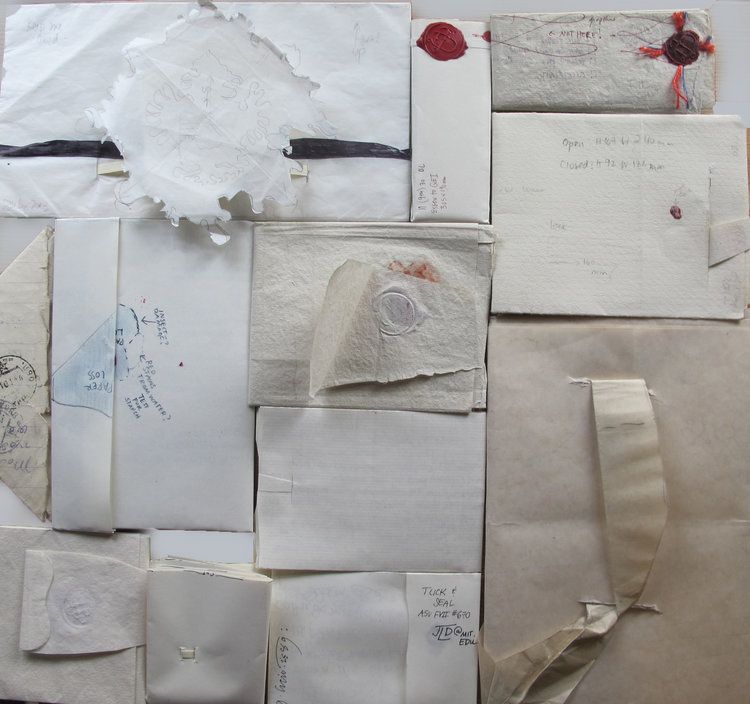
(Source: [CC BY-NC 4.0] Letterlocking.org.)
Letters from the past contain important information about history. But locked letters raise a difficult question: should historians open locked letters, even if opening them damages the letters?
The Brienne Collection is a group of over 3,000 pieces of mail from 1706 or earlier. The letters were found in a wooden trunk in the Netherlands. The letters were never delivered, and 577 of them are locked.
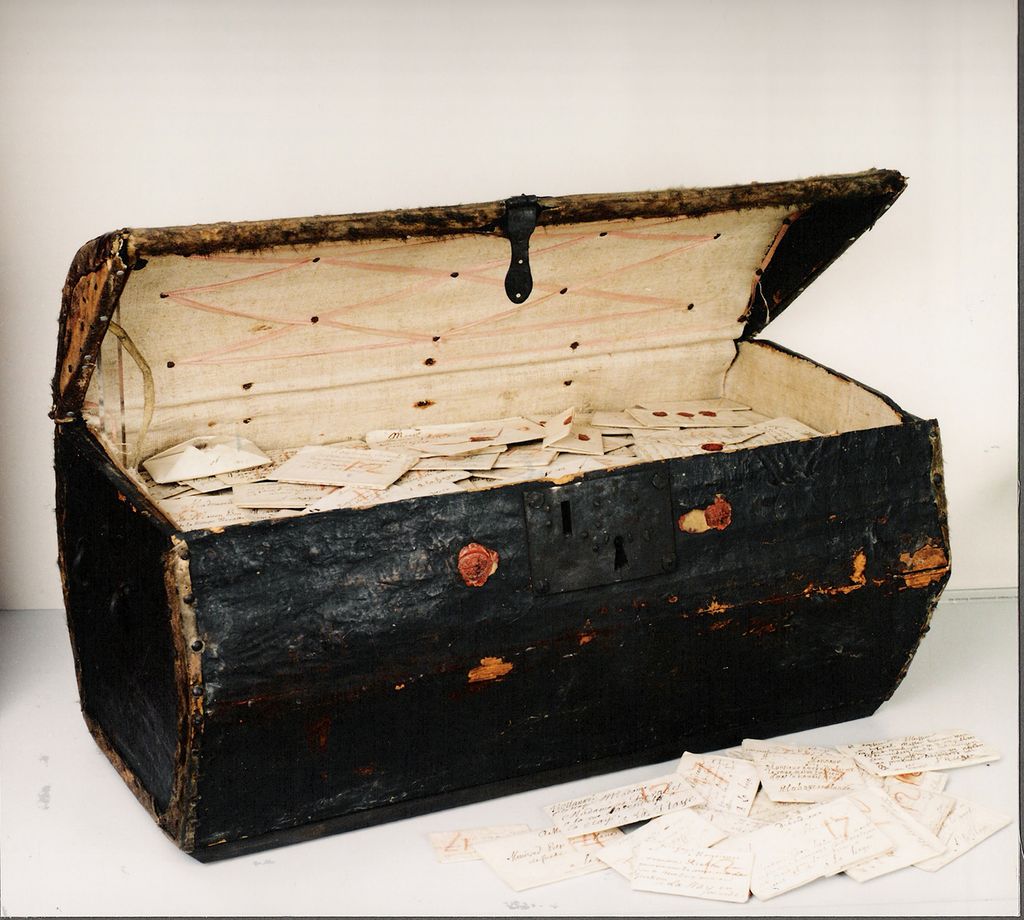
(Source: [CC BY-NC 4.0] Brienne.org.)
Now a group of researchers at MIT have figured out a clever way to read one of these locked letters without ever opening it. The method allowed them to see what was written in the letter, as well as learn how the letter was locked – all without damaging the letter in any way.
There are two main parts to their method of reading a locked letter. One important piece is a powerful X-ray scanner that allows them to create a 3D image of the letter, including where the ink is.
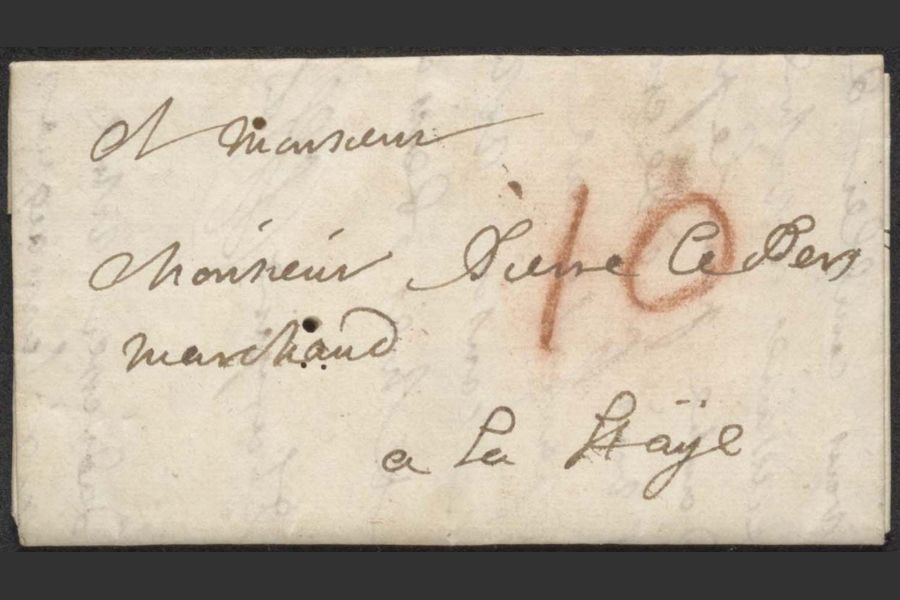
(Source: MIT Libraries, MIT.)
The scanner can show inky areas of the letters in great detail because inks back then had tiny bits of metal in them. Just like an x-ray lets doctors see bones inside your body, the ink can be seen even when it’s hidden by the paper.
The researchers’ second trick was using computers to figure out how the letter was folded. By converting the folding process into math formulas, the scientists were able to use powerful computers to automatically try out many different possible ways of folding – and unfolding – the letter.
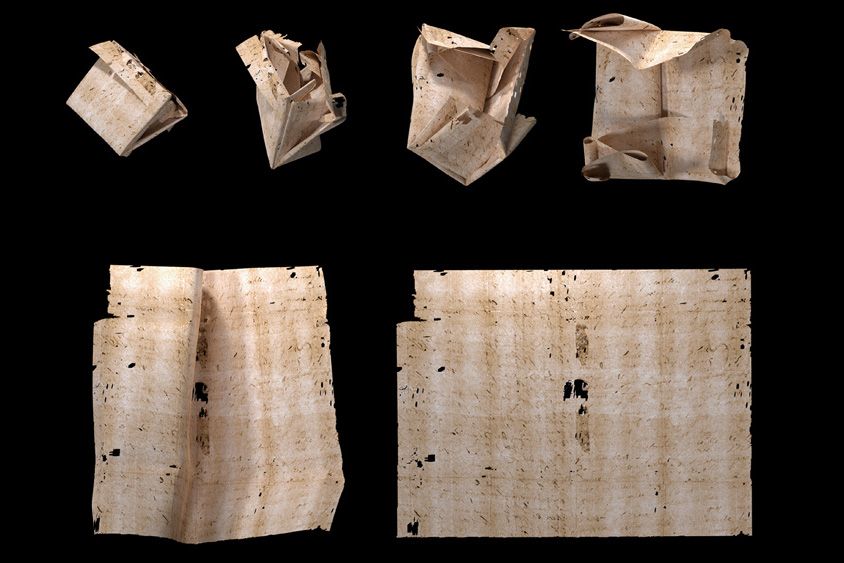
(Source: MIT Libraries, MIT.)
This has been done before on papers with one or two folds. But this was the first time it’s been done with complicated locked letters.
The scientists have completely re-created a letter that was written in 1697. The team also revealed parts of three other locked letters from the Brienne Collection. The researchers believe their method can work for many other kinds of locked documents.
Did You Know…?
The scientists have also created a very complete list of many different letter locking methods, and rated them by how secure each method is.
